When Animals Were People: A Huichol Indian Tale/Cuando los animales eran personas: Un cuento huichol
By Judi Moreillon, Texas Woman’s University
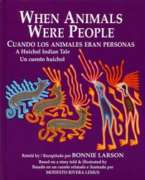 In When Animals Were People: A Huichol Indian Tale/Cuando los animales eran personas: Un cuento huichol Bonnie Larson retells a story told to her by the book’s illustrator Modesto Rivera Lemus. The biographical information at the back of this English/Spanish bilingual book rightly identifies Mr. Lemus as the “narrator” of this story. This collaboration between the narrator, reteller, and illustrator results in a story and book richly textured with Huichol culture.
In When Animals Were People: A Huichol Indian Tale/Cuando los animales eran personas: Un cuento huichol Bonnie Larson retells a story told to her by the book’s illustrator Modesto Rivera Lemus. The biographical information at the back of this English/Spanish bilingual book rightly identifies Mr. Lemus as the “narrator” of this story. This collaboration between the narrator, reteller, and illustrator results in a story and book richly textured with Huichol culture.
The book opens with a prologue that explains the time in Huichol history, when after a great flood had destroyed most of the animals and plants on earth, Continue reading →
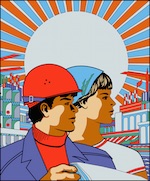 At the 2015 Tucson Festival of Books, I attended a thought-provoking interview with illustrator Bagram Ibatoulline and author-illustrator Eugene Yelchin. The moderator asked them questions about how their experiences as Russian-born artists had influenced their work. Continue reading
At the 2015 Tucson Festival of Books, I attended a thought-provoking interview with illustrator Bagram Ibatoulline and author-illustrator Eugene Yelchin. The moderator asked them questions about how their experiences as Russian-born artists had influenced their work. Continue reading 

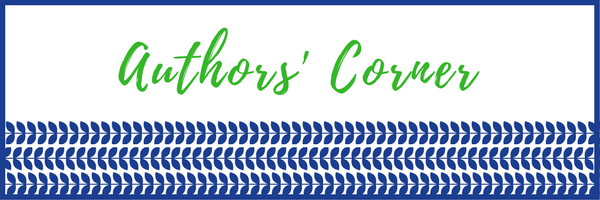
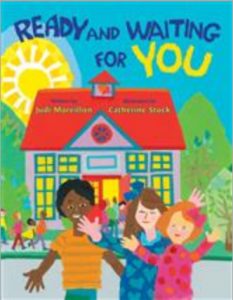
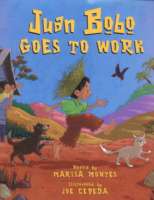 The stories of Juan Bobo have a long history in the oral tradition of Puerto Rico. Similar to the English folklore character Lazy or Foolish Jack, Juan Bobo, or “Simple John,” bumbles through life from misunderstanding to misunderstanding. Sometimes he’s a trickster, sometimes a town fool, but all the time, Juan Bobo is good for a laugh. This character has starred in many books, is featured in school curricula, newspaper serials, puppet plays, and even an animated cartoon.
The stories of Juan Bobo have a long history in the oral tradition of Puerto Rico. Similar to the English folklore character Lazy or Foolish Jack, Juan Bobo, or “Simple John,” bumbles through life from misunderstanding to misunderstanding. Sometimes he’s a trickster, sometimes a town fool, but all the time, Juan Bobo is good for a laugh. This character has starred in many books, is featured in school curricula, newspaper serials, puppet plays, and even an animated cartoon. 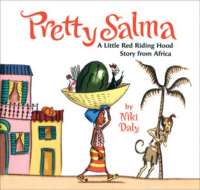 In 2008, the United States Board on Books for Young People (USBBY) selected Pretty Salma: An African Little Red Riding Hood Story for inclusion on the
In 2008, the United States Board on Books for Young People (USBBY) selected Pretty Salma: An African Little Red Riding Hood Story for inclusion on the  In When Animals Were People: A Huichol Indian Tale/Cuando los animales eran personas: Un cuento huichol Bonnie Larson retells a story told to her by the book’s illustrator Modesto Rivera Lemus. The biographical information at the back of this English/Spanish bilingual book rightly identifies Mr. Lemus as the “narrator” of this story. This collaboration between the narrator, reteller, and illustrator results in a story and book richly textured with Huichol culture.
In When Animals Were People: A Huichol Indian Tale/Cuando los animales eran personas: Un cuento huichol Bonnie Larson retells a story told to her by the book’s illustrator Modesto Rivera Lemus. The biographical information at the back of this English/Spanish bilingual book rightly identifies Mr. Lemus as the “narrator” of this story. This collaboration between the narrator, reteller, and illustrator results in a story and book richly textured with Huichol culture.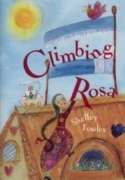 As Rachel Young, former Art of Storytelling student learned, Hungarian folktales often begin with these lines: “Once there was, or once there wasn’t…” This introduction could easily be applied to a retelling of Climbing Rosa. Retold by Shelley Fowles, this story is about a girl who is an expert at climbing because she is forced by her stepmother and stepsister to sleep on the roof of their house. This skill gives her an advantage when the king has had enough of his son’s reading, reading, reading and holds a contest in which the prize is none other than the prince himself.
As Rachel Young, former Art of Storytelling student learned, Hungarian folktales often begin with these lines: “Once there was, or once there wasn’t…” This introduction could easily be applied to a retelling of Climbing Rosa. Retold by Shelley Fowles, this story is about a girl who is an expert at climbing because she is forced by her stepmother and stepsister to sleep on the roof of their house. This skill gives her an advantage when the king has had enough of his son’s reading, reading, reading and holds a contest in which the prize is none other than the prince himself. 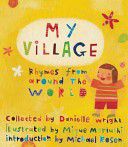 In addition to informational books and Web sites, school and public librarians and classroom teachers who are looking to provide children with global perspectives often turn to traditional literature. The fairy and folktales, myths, and fables of a people provide “insights into the underlying values and beliefs of particular cultural groups” (Short, Lynch-Brown, and Tomlinson 108). These stories that have their origin in the oral tradition carry cultural markers that offer readers and story listeners opportunities to learn about and compare other worldviews to their own.
In addition to informational books and Web sites, school and public librarians and classroom teachers who are looking to provide children with global perspectives often turn to traditional literature. The fairy and folktales, myths, and fables of a people provide “insights into the underlying values and beliefs of particular cultural groups” (Short, Lynch-Brown, and Tomlinson 108). These stories that have their origin in the oral tradition carry cultural markers that offer readers and story listeners opportunities to learn about and compare other worldviews to their own. 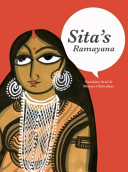 While folktales and fables are traditional literature of a secular nature, myths are sacred narratives. To people within a particular religious group, myths are true accounts of past events. Myths explain how the world came to be and how people’s behavior, societal customs, and institutional norms were formed. The main characters in myths are usually gods or heroes with supernatural powers and the humans with whom they interact. “…Myth might be defined simply as ‘other people’s religion,’ to which an equivalent definition of religion would be ‘misunderstood mythology,’ the misunderstanding consisting in the interpretation of mythic metaphors as references to hard fact” (Campbell 27).
While folktales and fables are traditional literature of a secular nature, myths are sacred narratives. To people within a particular religious group, myths are true accounts of past events. Myths explain how the world came to be and how people’s behavior, societal customs, and institutional norms were formed. The main characters in myths are usually gods or heroes with supernatural powers and the humans with whom they interact. “…Myth might be defined simply as ‘other people’s religion,’ to which an equivalent definition of religion would be ‘misunderstood mythology,’ the misunderstanding consisting in the interpretation of mythic metaphors as references to hard fact” (Campbell 27). 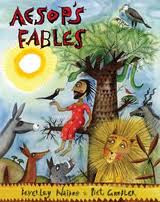 Fables are another form of traditional literature. They are short stories written in prose or verse. The main characters are most often anthropomorphized animals whose behaviors demonstrate moral lessons. Fable tellers and writers end their stories with a maxim, or a statement that encapsulates the moral. The most famous fables in Western culture are attributed to a Greek named Aesop.
Fables are another form of traditional literature. They are short stories written in prose or verse. The main characters are most often anthropomorphized animals whose behaviors demonstrate moral lessons. Fable tellers and writers end their stories with a maxim, or a statement that encapsulates the moral. The most famous fables in Western culture are attributed to a Greek named Aesop. 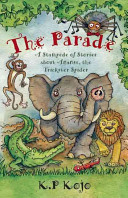 The week’s selection
The week’s selection